We’ve all encountered the term "fake news" — whether it’s been hurled around at a family gathering by a ranting relative or discussed heatedly on social media, it’s become an unavoidable part of our conversations today. But what does it actually mean?
The Emergence Of Fake News
Fake news refers to deliberately false or misleading information presented as legitimate news, with the intent to deceive or misinform. While misinformation is not new, its rapid spread in recent years has caused widespread concern. The rise of social media and instant messaging platforms has made it easier for false stories to go viral, often with serious consequences.
One stark example occurred in 2017 in India, where a series of false WhatsApp messages claimed that groups of strangers were abducting children. These baseless rumors led to mass hysteria, resulting in multiple lynchings and several deaths. Such incidents underscore how fake news can have lethal consequences when it incites violence or spreads fear.
Another instance is the spread of misinformation during the COVID-19 pandemic. False claims about miracle cures and conspiracy theories regarding the origins of the virus led to widespread panic and, in some cases, dangerous behaviors. People consumed unproven and harmful substances, believing them to be cures for the virus, which led to unnecessary health crises.
These examples highlight the severe impact of fake news on public safety, trust, and decision-making. In political contexts, misinformation has been known to influence election outcomes, often favoring candidates who exploit these falsehoods for personal gain. The manipulation of public opinion through fake news can have long-lasting effects, undermining democratic processes and weakening societal trust in legitimate sources of information.
The Urgent Need for Solutions
The dangers posed by fake news are clear: it can incite violence, mislead the public, and destabilize governments. The traditional methods of combating misinformation, such as manual fact-checking, have proven insufficient to keep up with the sheer volume and speed at which fake news spreads. This has led to an urgent need for more innovative solutions.
One such solution lies in the use of blockchain technology, which offers a decentralized approach to information verification. Unlike traditional centralized databases, blockchain technology ensures that information, once verified, cannot be altered or removed. This immutability is crucial in maintaining the integrity of data, especially in an environment where misinformation is rampant.
How Inery Addresses the Fake News Problem
Inery, a decentralized database management system, is designed to tackle the problem of fake news by leveraging the strengths of blockchain technology. The core of Inery's approach is its decentralized network, where control is distributed among multiple nodes rather than being held by a single entity. This setup makes it nearly impossible for any one party to manipulate or alter the data stored within the system.
When a piece of news is added to Inery's blockchain, it undergoes a rigorous verification process. Each news item is accompanied by a digital signature and a cryptographic hash, which serve as unique identifiers. The hash ensures that any alteration to the original data would immediately be detected, as it would result in a different hash value. This makes the information on Inery's blockchain tamper-proof, providing a reliable record that can be trusted by users.
Inery uses its value contracts to automate essential aspects of the verification process. These contracts, designed as secure, self-executing agreements, operate based on predetermined rules and functions. For instance, a value contract could be set up to flag news that hasn't been verified by multiple trusted sources, ensuring that only authenticated information is processed.
Additionally, these contracts allow users to define permissions and actions that enhance transparency and security across the network, rewarding those who contribute to the verification process and fostering community involvement.
One of the most valuable features of Inery's system is its ability to track the provenance of information. Every piece of news stored on the blockchain comes with detailed metadata, including its source, publication time, and any subsequent edits. This transparency allows users to trace the origins of the information and assess its credibility.
In situations like election campaigns, where misinformation can easily sway public opinion, Inery's system provides a clear record of where a particular piece of news originated, who shared it, and whether it has been verified by credible entities.
The Benefits of Inery's Approach
Inery's blockchain-based system offers several significant advantages in the fight against fake news:
Tamper-proof records: Information stored on Inery's blockchain cannot be altered or deleted, ensuring a permanent and trustworthy record of verified news.
Decentralized control: By distributing control across a network of independent nodes, Inery reduces the risk of bias or manipulation in the fact-checking process. This decentralized approach ensures that no single entity can influence the outcome of the verification process.
Enhanced transparency: The detailed metadata accompanying each piece of news allows users to trace its origins and assess its credibility. This transparency is crucial in helping users distinguish between verified information and unverified rumors.
Rapid response: The automation provided by smart contracts enables Inery to quickly identify and address the spread of fake news. By flagging unverified news and rewarding those who verify it, Inery can effectively reduce the time it takes to combat misinformation.
The Role of Inery in the Future of Information
As fake news continues to pose a significant threat to societies worldwide, the need for effective solutions becomes increasingly urgent. Inery's decentralized, blockchain-based approach offers a promising way to address this challenge. By providing a secure, transparent, and tamper-proof platform for verifying information, Inery could play a crucial role in restoring public trust in news sources.
Moreover, Inery's system could be applied beyond the realm of news. In fields such as healthcare, finance, and education, where the integrity of information is critical, Inery's approach could help ensure that only verified and accurate data is used to make decisions. By expanding its application across various sectors, Inery could contribute to a broader effort to combat misinformation and ensure the reliability of information in all aspects of society.
Conclusion
The spread of fake news is a pressing issue that requires innovative solutions. Traditional methods of combating misinformation have proven insufficient in the face of the rapidly evolving landscape of digital communication. Inery's blockchain-based system offers a resilient solution to this challenge by providing a decentralized, transparent, and tamper-proof platform for verifying information.
By leveraging the strengths of blockchain technology, Inery can help ensure that the information people rely on is accurate and trustworthy. As societies continue to grapple with the consequences of fake news, solutions like Inery will be essential in protecting the truth and maintaining public trust in the media.
The future of information may very well depend on the successful implementation of systems like Inery, which offer a new way to combat the spread of misinformation and ensure the integrity of the news we consume.

Inery•
3 years ago
Decentralized Database Management: A Boost For Enterprise Privacy And Security
The first-ever database management solution that decentralizes data storage and management from the base layer. ...READ MORE
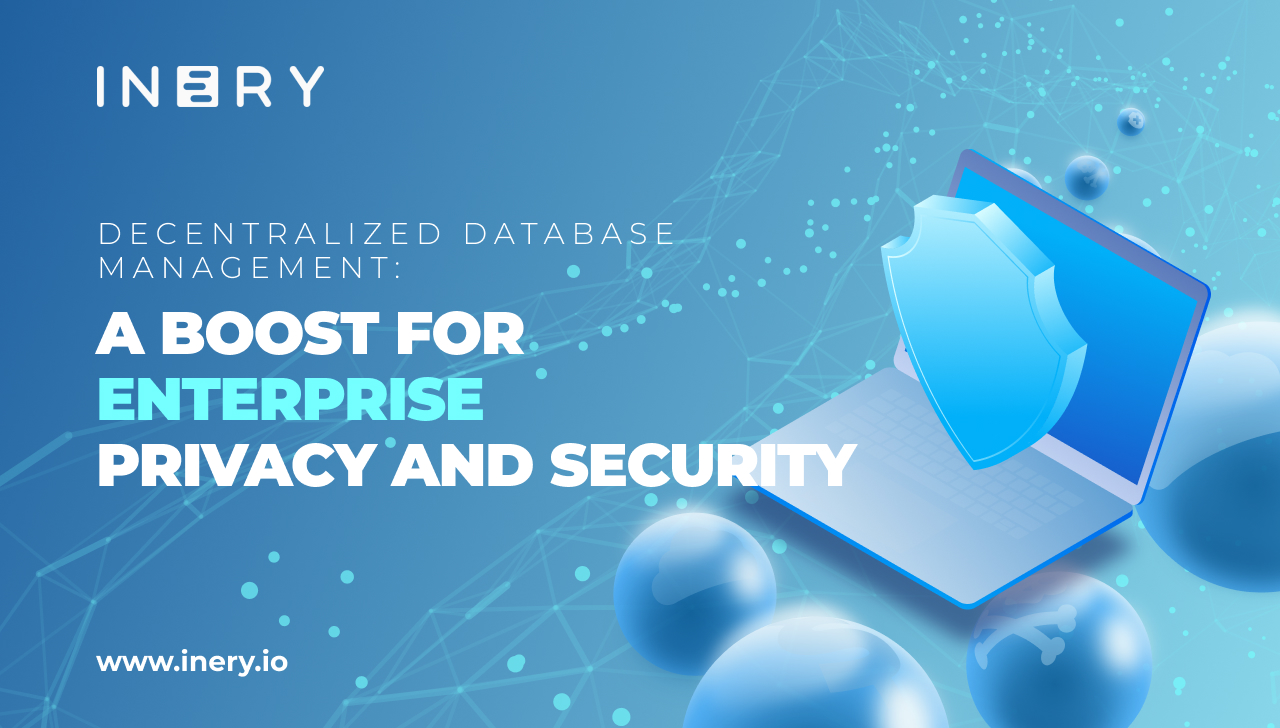
Share

Inery•
2 years ago
Data Silos: Why They’re Bad and How to Break Them
Why do data silos exist? Why are they problematic? How to get rid of them? Find out this and much more by clicking here. ...READ MORE
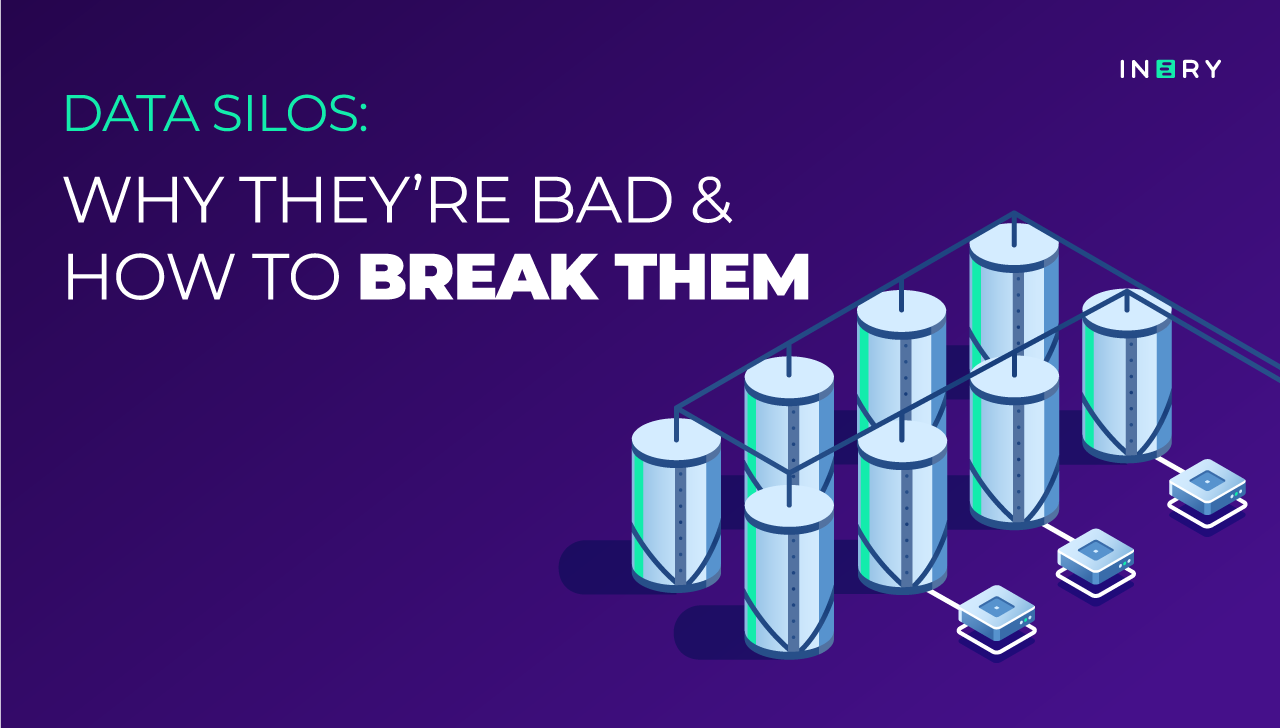
Share

Inery•
3 years ago
SELF-DELEGATED PROOF OF STAKE (SDPOS)
Inery’s use of consensus algorithm. ...READ MORE

Share

Inery•
2 years ago
Why Governments Want Decentralized Solutions
Governments, the ultimate centralized authorities, can gain a lot from decentralized solutions. Here’s a taste of the benefits. ...READ MORE
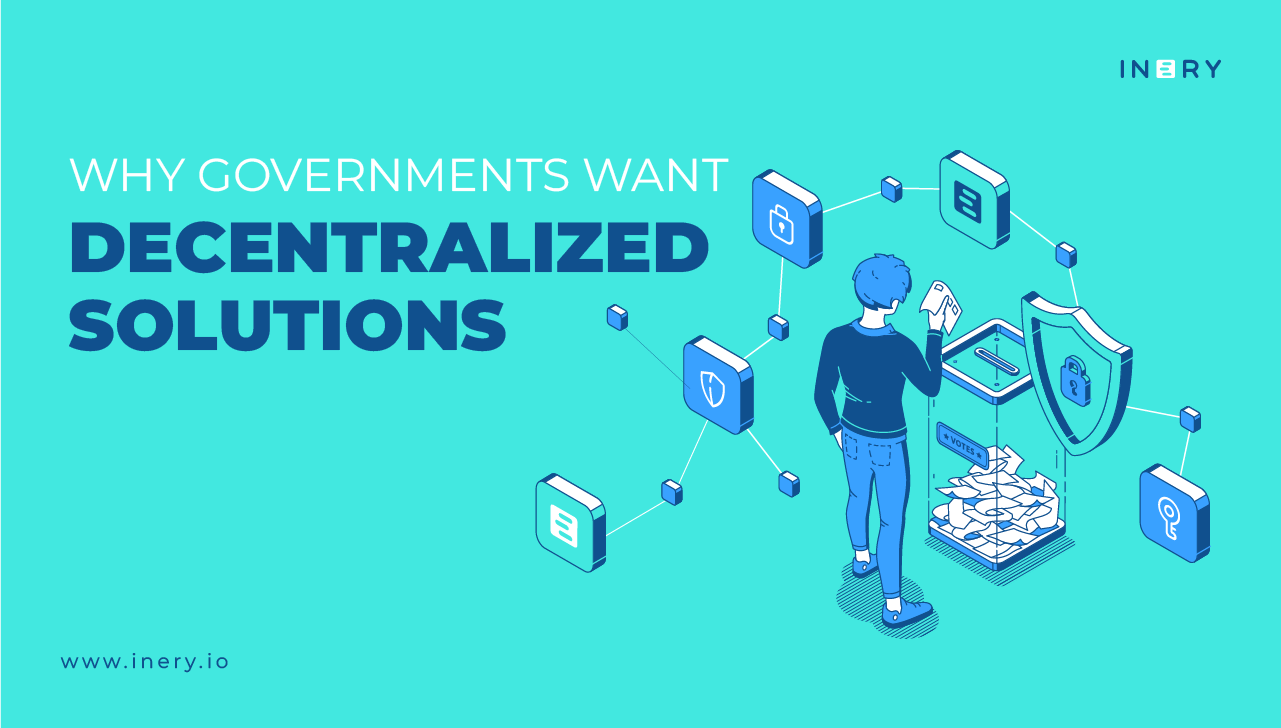
Share
Most popular today

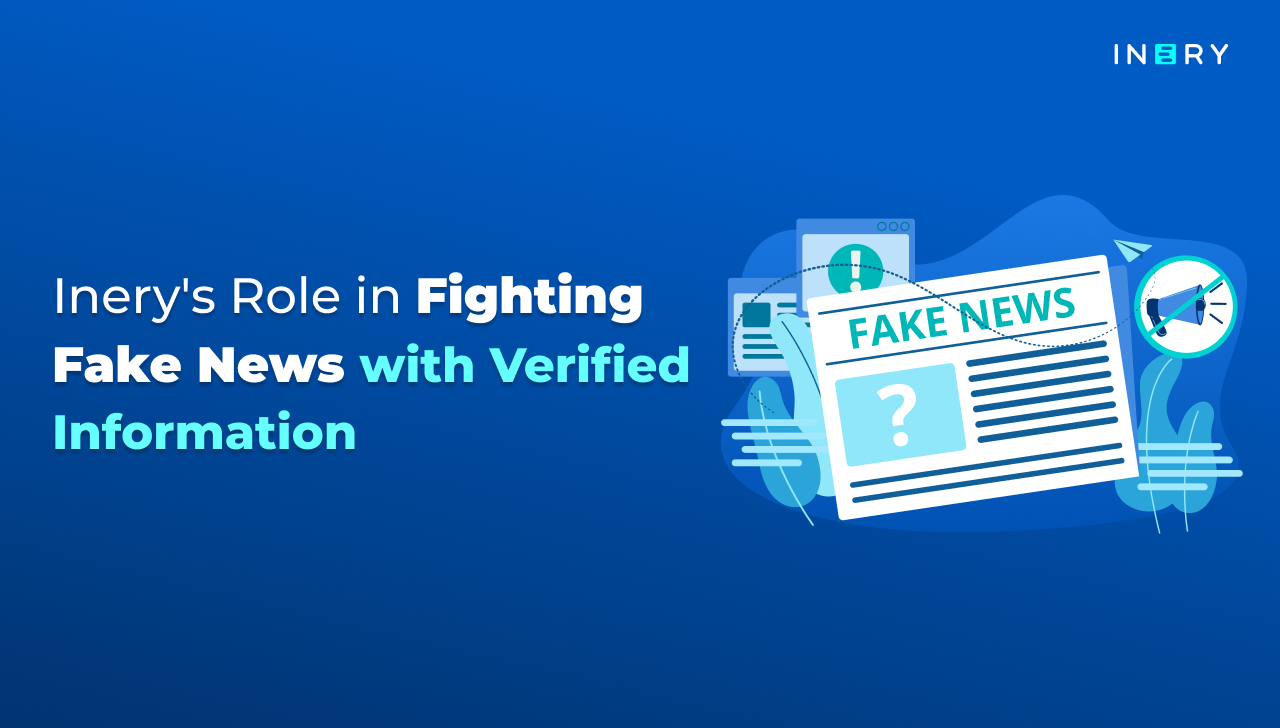
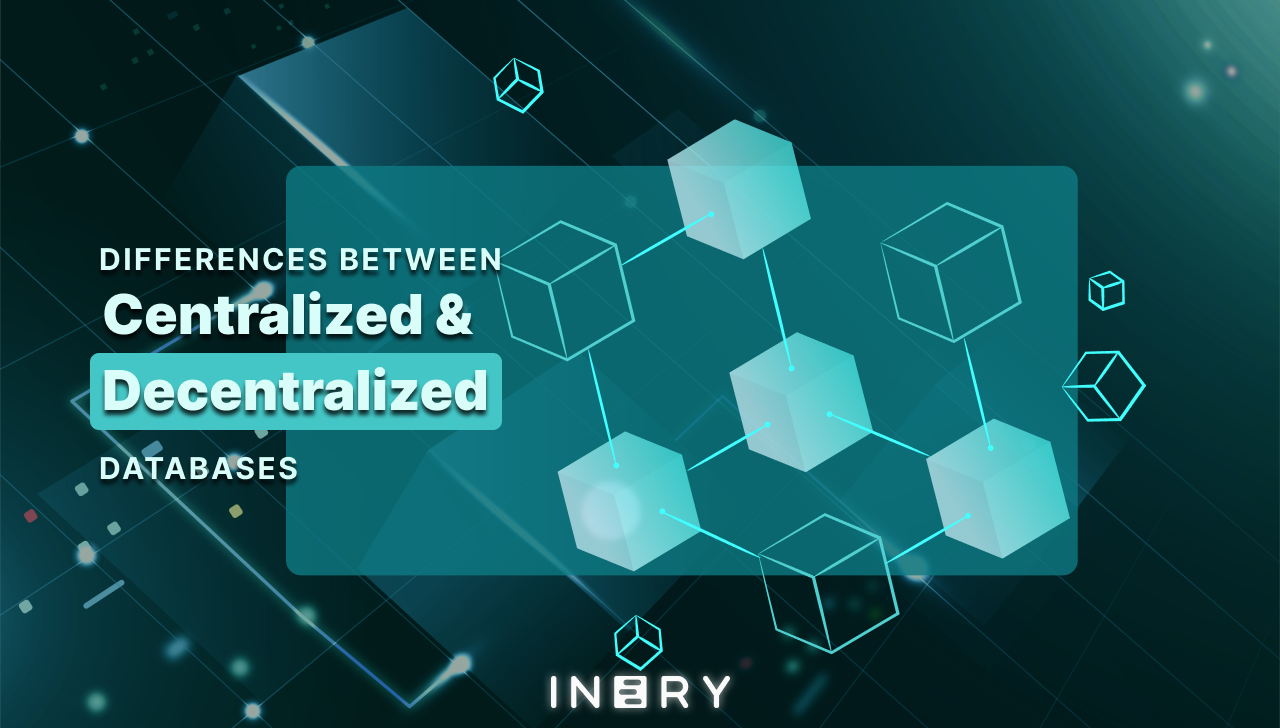
-1721906313.png)